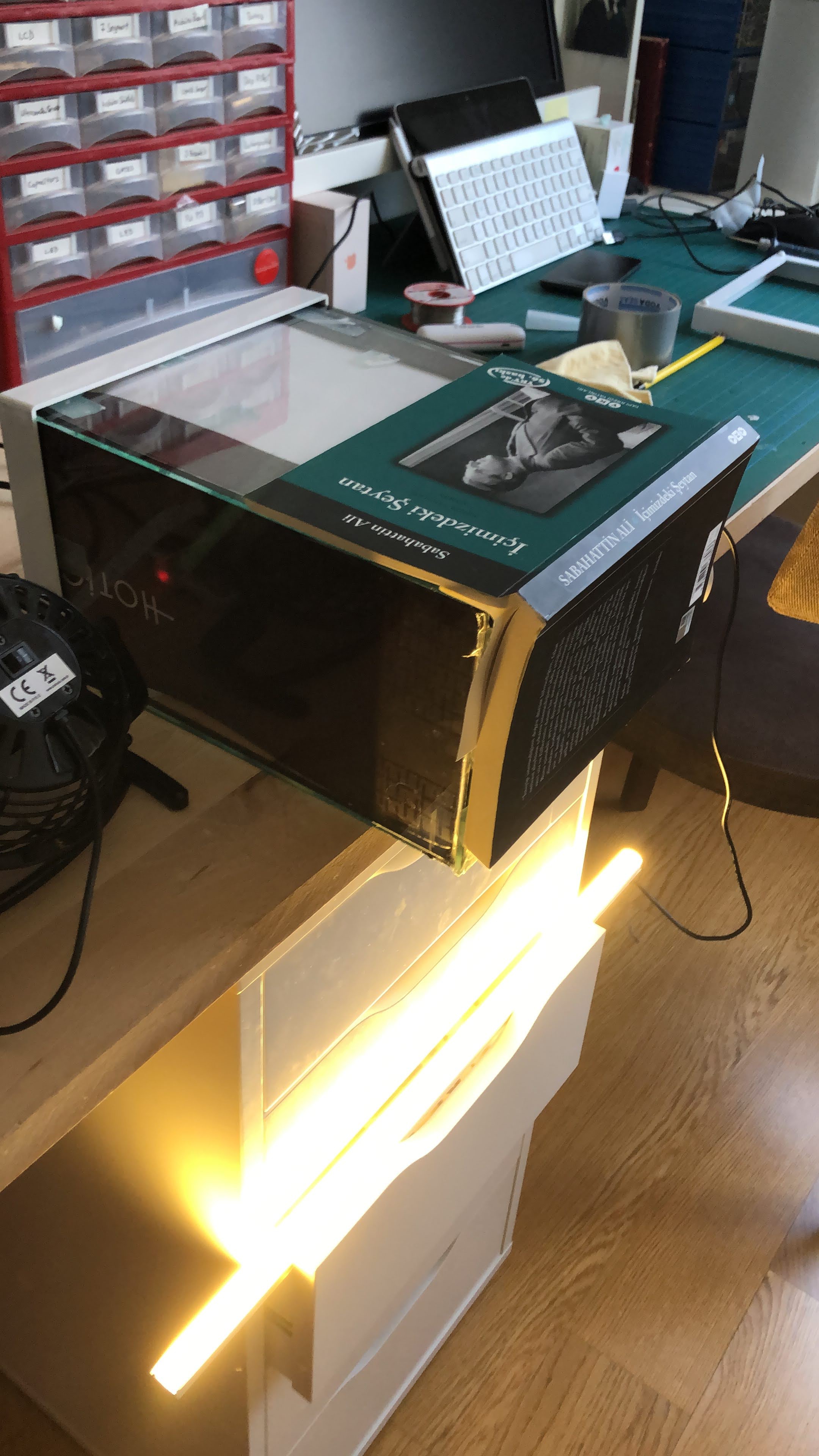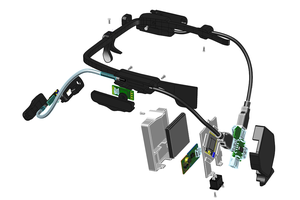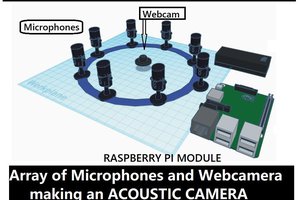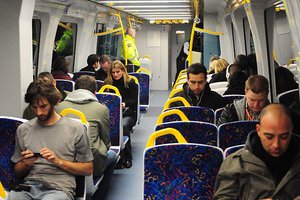Optophone
Optophone is one of the oldest known methods of the sonification technique. Sonification can be defined as conveying information through sound other than speech like generating time-varying chords of tones to identify letters. The Optophone device, was developed with a forward-thinking approach for its time, yet it can be considered limited and primitive by today's standards, using materials that could be deemed primitive even though the device itself is remarkable. It is said that the initial models of the device generate tone for only one word per minute, while later models were capable of generating up to 60 words per minute. We use the term tone because these devices do not actually produce a human voice or anything close to it. One or several tones are assigned to represent each letter. The device recognizes and identifies the letters and plays the corresponding tones. The user understands the word based on these tones that they have previously learned and recognized. In essence, the user learns the language of sound tones in order to comprehend the corresponding words. It wouldn't be wrong to say that they have to learn another language in order to read. It is similar to the way one needs to know Braille in order to understand embossed books used for tactile reading. It is truly challenging, indeed...

Before starting anything:
Before starting to building anything I began with examining previous examples to bring to life the idea of creating a device that can narrate books. I realized that commercial products and DIY enthusiasts are predominantly focused on digitizing books. In simpler terms, they are striving to create book scanners. On the internet, you can often come across individuals sharing their projects on book archiving through forums. These designs showcase huge and complicated systems that prioritize capturing clear images using fixed lighting and camera setups, lacking portability. However, for the prototype I envisioned to create a portable, lightweight device using minimal and affordable components that users could easily carry with them. Since device won't be engaging in archiving, image quality is not a crucial factor for me. Instead of image clarity, I chose to focus on producing a small-sized device that can be manufactured from simple materials. In this context, it immediately comes to mind that everyone has powerful smartphones with cameras boasting millions of megapixels, serving as practical and accessible image sensors. However, let's imagine a scenario where a person who is blind, visually impaired, or has lost their sight attempts to read a book page using an image sensor like a mobile phone or computer camera. How will they align it? How will they ensure that the camera accurately captures the text? It is extremely challenging, perhaps even impossible. Unless you create a rigid and rectangular frame like scanners, unless you secure the position of the paper, it is nearly impossible to properly and proportionally align the entire page within the camera's frame. Taking these limitations into account, I realized that I needed to design a system where the positions of the camera and book page are always fixed. When examining previous designs of book archiving devices, I observed that a transparent glass is placed in front of the page to prevent the natural curvature of the book page and ensure a flat surface facing the camera. Additionally, a uniform lighting system is employed to provide equal illumination across all corners of the page. In the initial prototype, I utilized an aquarium made of glass with rectangular prism shape to secure the book as the basic structure for the scanning platform.

Working video of first prototype:
https://photos.app.goo.gl/TmpQLANXRYH5qFAV6
About the hardware :
It's time for Raspberry Pi to take the stage since we've reached the point of designing a system that can capture photos of the book placed...
Read more » rdmyldrmr
rdmyldrmr
 Makeroni Labs
Makeroni Labs

 Suraj Singh
Suraj Singh
 Shanti
Shanti